Benefits of installing photovoltaic panels and the current situation of the photovoltaic industry
1. How much is the installation of photovoltaic panels per square meter?
There is currently no unified standard for how much it costs to install photovoltaic panels per square meter. The economic development situation varies in different regions, so the cost will also vary. In terms of the current production cost of photovoltaic panels, the price per watt is between five and seven yuan, while an area of one square meter requires 100 watts of photovoltaic panels. If calculated in this way, the cost of installing one square meter of photovoltaic panels may need about five hundred to seven hundred yuan. However, if it is difficult to install photovoltaic panels, the cost will also be relatively higher. (The above prices are sourced from the internet and are for your reference only. The specific prices are subject to the actual fees charged.)
2、 What are the benefits of installing photovoltaic panels?
1. Installing photovoltaic panels can help insulate your home from heat and cold. Photovoltaic power generation can avoid direct sunlight on the roof of a home in summer, so it also relatively reduces the heat inside the house. In winter, it can effectively reduce the evaporation of hot air inside the room, maintain indoor temperature, and have a certain cold resistance effect.
2. Installing photovoltaic panels can help extend the lifespan of roofs. Because the roofs are equipped with photovoltaic panels, they are also well protected against perennial wind, rain, and rain, providing a certain degree of protection to the roof, which can slow down the aging rate of the roof, thereby extending its service life.
3. Installing photovoltaic panels can make the roof look better. When installing photovoltaic panels, they are placed in a standardized and orderly manner, and the color is also beautiful dark blue, which is very beautiful and generous, and looks like a beautiful scenery line from a distance.
4. Installing photovoltaic panels is also very energy-saving because they use solar energy to generate electricity, thereby reducing the consumption of coal, thereby reducing emissions of harmful gases such as carbon dioxide, and to some extent improving the environment in which we live.
The core issue of the photovoltaic industry - severe dependence on subsidies
From the historical stage of the development of China's photovoltaic industry, it can be clearly found that the photovoltaic industry relies on subsidy policies, as well as the impact of changes in subsidy policies on the industrial cycle and ups and downs caused by the dependence on subsidies.
With the rapid development of the photovoltaic industry and the improvement of technological level in the past decade, the efficiency of photovoltaic power generation continues to improve, and the price of components continues to decline. However, compared to other power generation methods, the cost of photovoltaic power generation remains high. Among them, the cost of thermal power generation is about 0.4 yuan/kWh, the cost of hydropower generation is 0.2~0.3 yuan/kWh, the cost of nuclear power generation is 0.3~0.4 yuan/kWh, and the cost of wind power generation, one of the same important new energy sources, is 0.6 yuan/kWh. However, the cost of photovoltaic power generation is still as high as 0.9~1.0 yuan/kWh.
Therefore, at least at the current technological level, photovoltaic power generation still relies heavily on government subsidies and support, and does not have the ability to compete independently in the power market without subsidies.
At the same time, the "one-horse approach" to subsidies further leads to an unbalanced risk allocation between the upstream and downstream of the photovoltaic industry chain. One end is the relatively low risk of photovoltaic power generation applications, while the other end is the relatively high risk of photovoltaic manufacturing.
Due to the vulnerability of policy subsidies to macroeconomic cycles and other factors, economic weakness can easily lead to tightening of subsidies. Europe is the most vivid example before us.
The weakening of subsidies has an impact on investors in photovoltaic power stations, but at best, it means causing investors to reduce their investment scale or not to invest, at most, disrupting investment plans and not causing too much loss; For photovoltaic power stations that have been put into operation and have enjoyed subsidy policies, there is almost no impact. The so-called "old age policy, new person new policy" refers to the subsidy policies that have been enjoyed by power stations that have been put into operation, which generally promise a duration and can still maintain the original income level.
Therefore, although policy changes have brought uncertainty to the development of the photovoltaic industry, the impact on the application of photovoltaic power generation is relatively small.
However, for the upstream photovoltaic manufacturing industry, changes in subsidy policies have a significant impact. The photovoltaic manufacturing industry, especially the upstream polysilicon manufacturing industry, is a highly capital intensive industry with a huge amount of investment.
During the period of increasing and continuing subsidies for photovoltaic power generation, due to active investment in power stations and strong demand for upstream components and raw materials, the photovoltaic manufacturing industry has a relatively stable and good income space, and the polysilicon industry has even experienced a profiteering stage.
However, once subsidies are reduced, investment in power plants will slow down or upstream products will be required to reduce prices. In the upstream and downstream game, due to the huge upstream production capacity, the game between manufacturers and power station investors is highly competitive, and risks naturally shift to the upstream manufacturing link.
As a global market for photovoltaic power generation applications, China has become an incubator for the industrialization, transformation, and application of various new photovoltaic battery technologies. In the future, China will continue to focus on the key development directions of international photovoltaic power generation technology, leading the sustainable innovative development of global photovoltaic power generation industrialization technology.
The efficiency of photovoltaic cells has been further improved. Crystal silicon batteries will remain dominant for some time, with PERC technology being the dominant technology. N-type crystalline silicon batteries using TOPCon or HJT technology are expected to become the next mainstream photovoltaic battery technology after comprehensive consideration of efficiency, cost, scale, and good market competitiveness. As a research hotspot, photovoltaic cells and stacked cells based on new material systems such as perovskite batteries are expected to bring about the next step in improving the conversion efficiency of photovoltaic cells when the industrialization technology gradually matures.
PV module reliability and high reliability go hand in hand. Half-chip technology, tile stacking technology, multiple main gate and other component technologies will be further widely applied, and double-sided components will gradually become the mainstream of the market, improving component efficiency and power generation capacity. New packaging technologies and materials further enhance component reliability.
Intelligent and diversified development of photovoltaic power generation systems. The inverter will develop towards high-power single unit computers, high-voltage access, and intelligence, continuously deepening the integration with energy storage technology, and continuously improving the level of intelligent operation and maintenance technology. The application technology for new scenarios such as photovoltaic building integration has been continuously improved, expanding the development space for application of photovoltaic power generation.
Development direction and objectives of photovoltaic power generation technology during the "14th Five Year Plan" period
It is predicted that in order to achieve the carbon peak and carbon neutral targets, China's photovoltaic power generation installation needs to reach 9-1 billion kilowatts by 2030; By 2060, it will need to reach 3 to 3.5 billion kilowatts. While photovoltaic power generation faces unprecedented development opportunities and space, it also faces many challenges, and technological innovation in photovoltaic power generation will become a key factor in addressing these challenges.
Strengthen technological innovation, improve the value of comprehensive land use, and promote the large-scale development of photovoltaic technology. According to estimates, the exploitable potential of solar energy in China can reach 100 billion kilowatts. However, considering the ecological red line and basic farmland factors, about 44% of the land area cannot be used for the development of new energy projects such as photovoltaic, and the State Forestry and Grassland Administration and other departments have increasingly standardized requirements for new energy development. In the new situation, there is an urgent need to further improve the power generation capacity per unit area of photovoltaic power generation, reduce the demand for construction land for photovoltaic power generation projects, and strengthen comprehensive land utilization to improve land utilization efficiency.
On the one hand, through the application of new materials and technologies, improve the conversion efficiency of photovoltaic cell modules and enhance the power generation capacity of photovoltaic modules per unit area; On the other hand, continuously optimize the design and construction level of photovoltaic power generation systems, carry out application mode innovation, strengthen intelligent management and operation and maintenance of photovoltaic power stations throughout their life cycle, and improve the power generation efficiency of photovoltaic power stations.
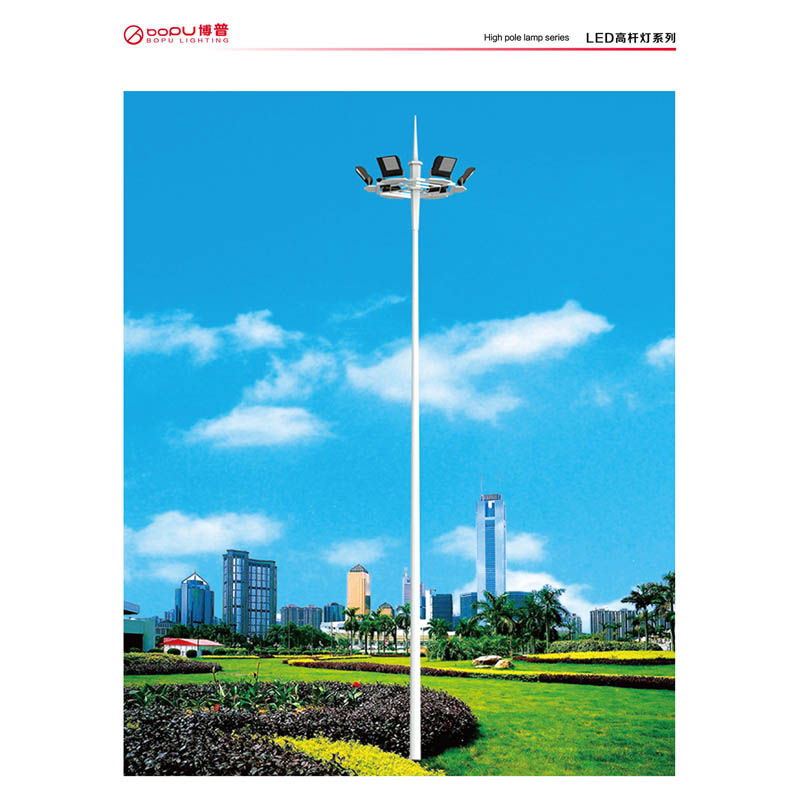
High pole lamp series
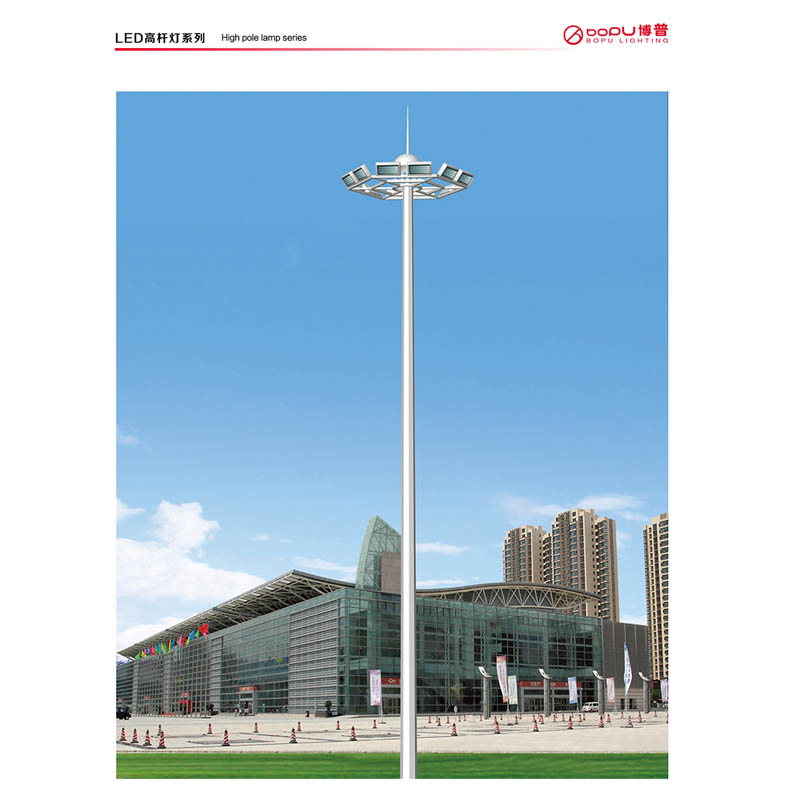
High pole lamp series
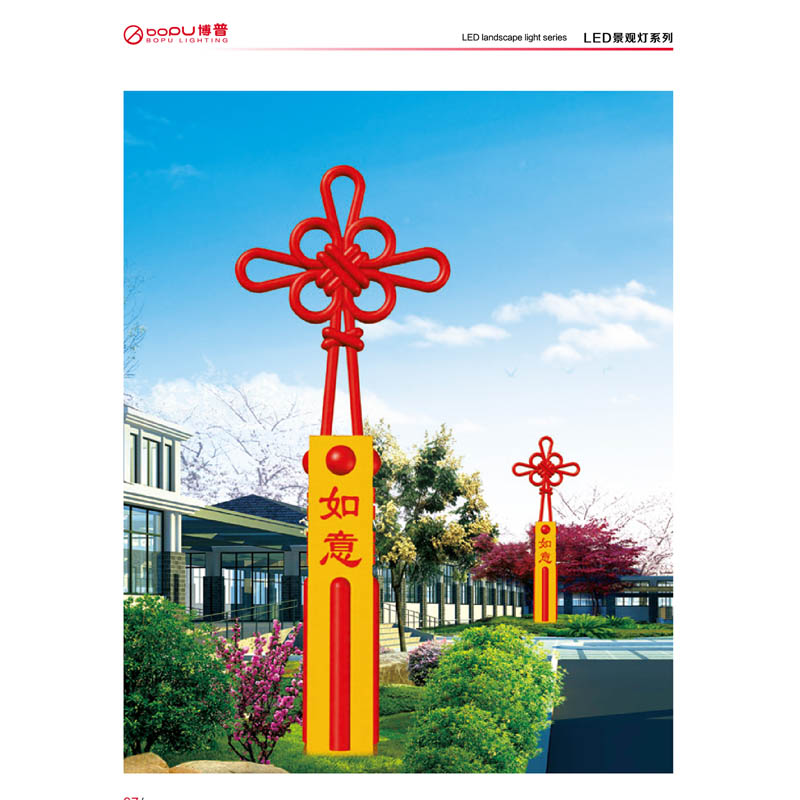
LED landscape light series
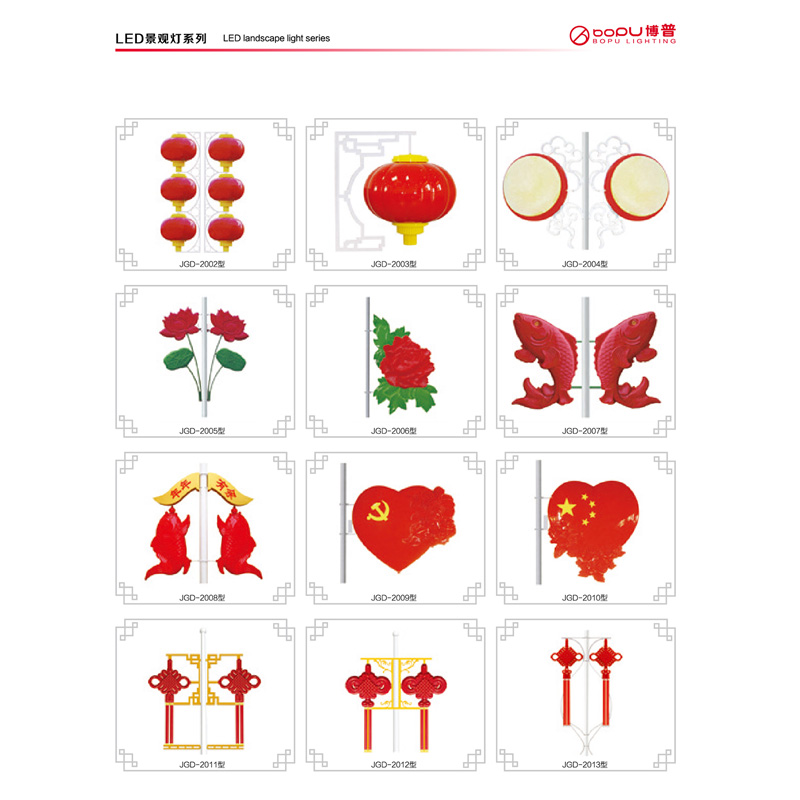
LED landscape light series
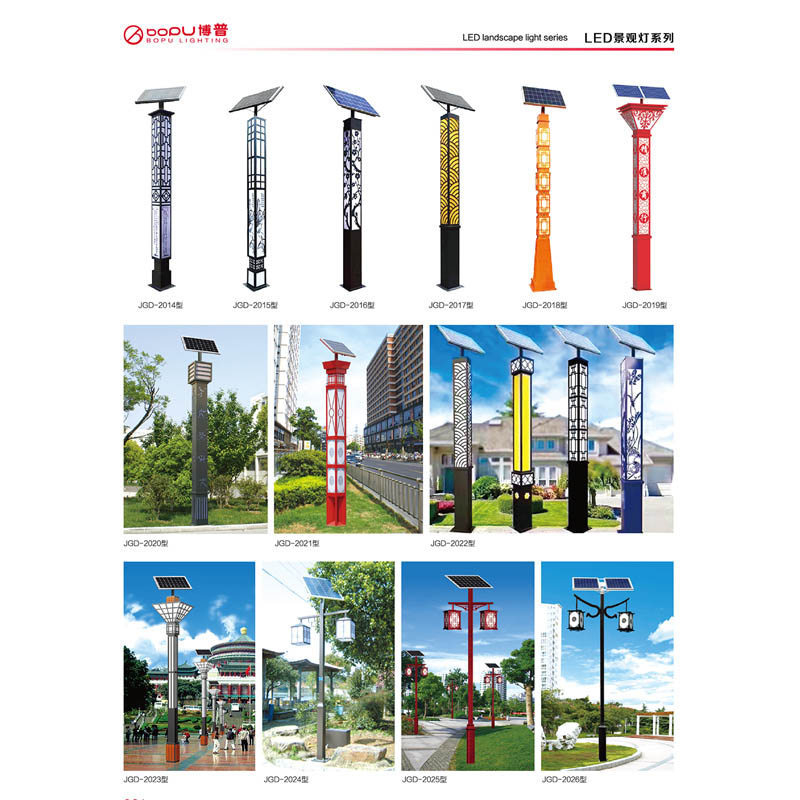
LED landscape light series
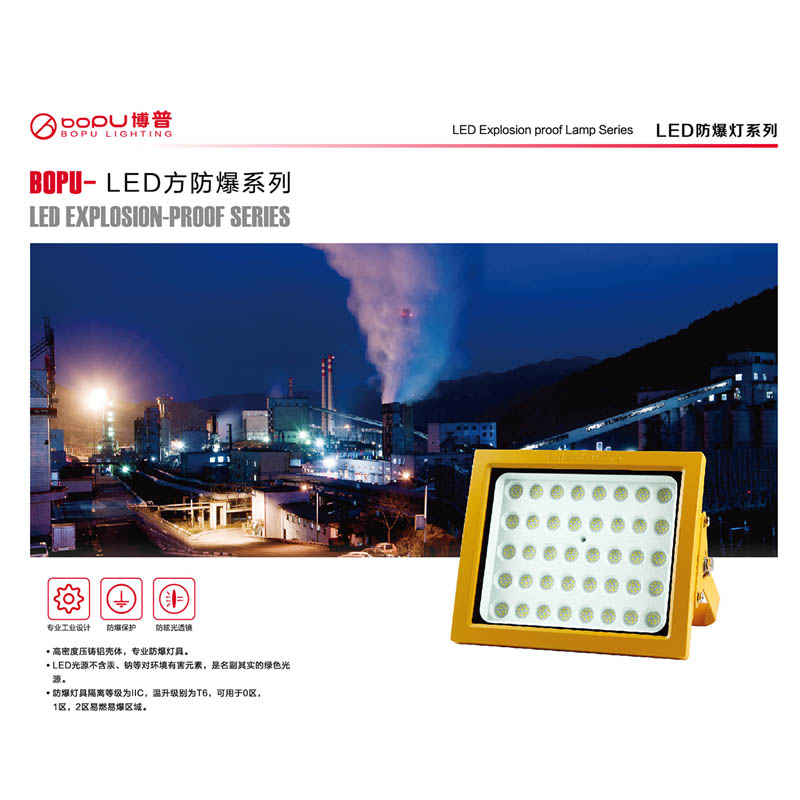
LED EXPLOSION-PROOF SERIES

LED CIRCLE EXPLOSION-PROOF SERIES
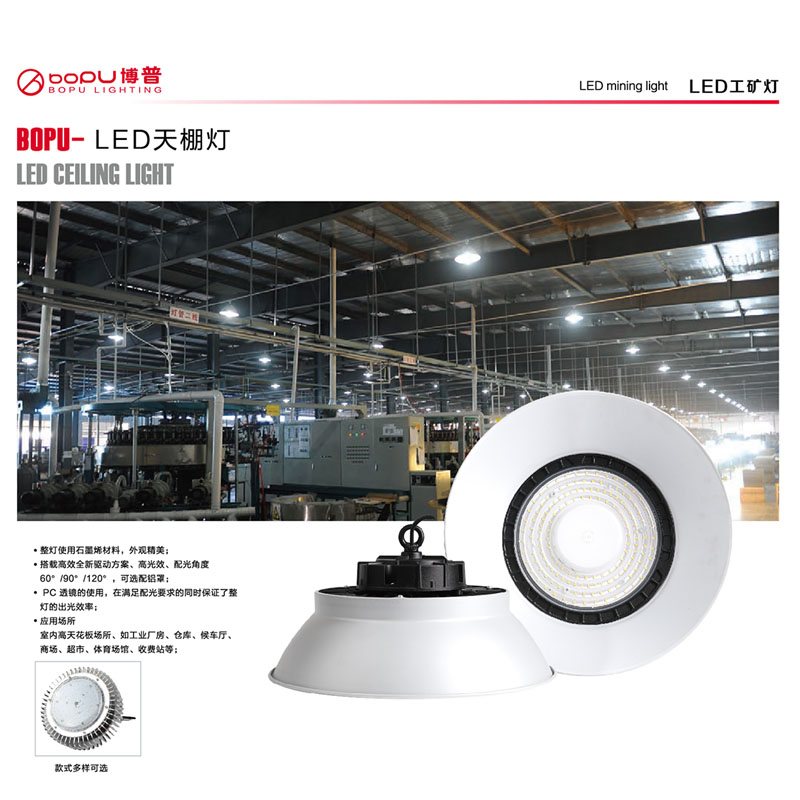
LED GEILING LIGHT
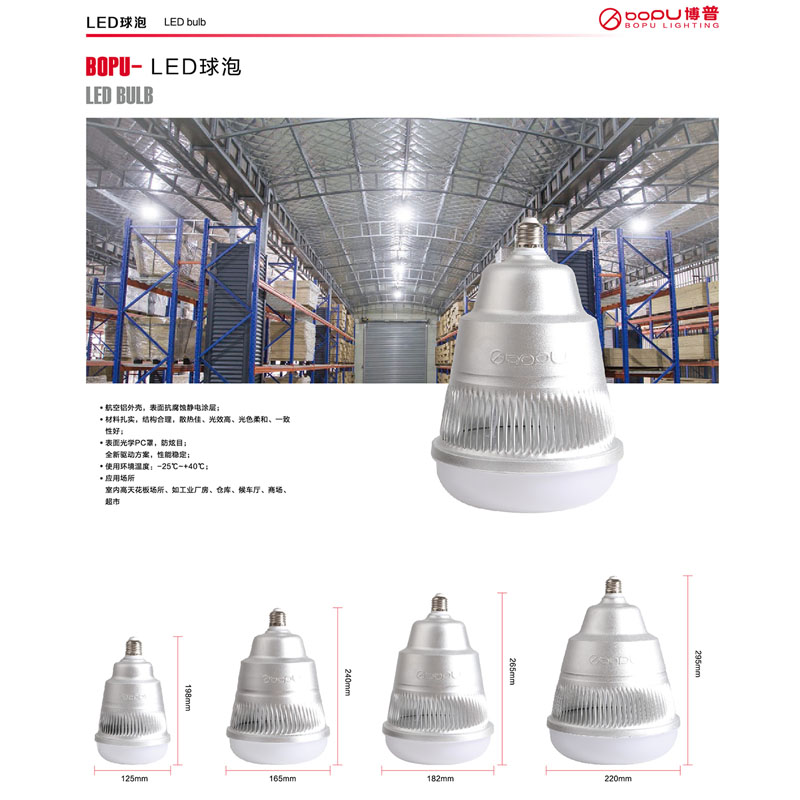
LED BULB

LED SINGLE 3030 STREET LIGHT SERIES
Characteristics and application scope of LED floodlights
ADD COLOR TO GREEN CHINA AND WALK WITH SAFE LITHIUM BATTERIES
OEM & ODM Various models of photovoltaic panels
What are the characteristics of solar street lamps?
Seven Advantages of Solar Street Lamps
Design highlights of LED floodlights
Characteristics of solar projection lamps
Benefits of installing photovoltaic panels and the current situation of the photovoltaic industry
Application of multifunctional solar street lamp
What are the factors that affect the lifespan of solar street lamps in rural areas?
 中文
中文 English
English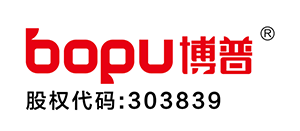


 Tel:13355492897
Tel:13355492897
